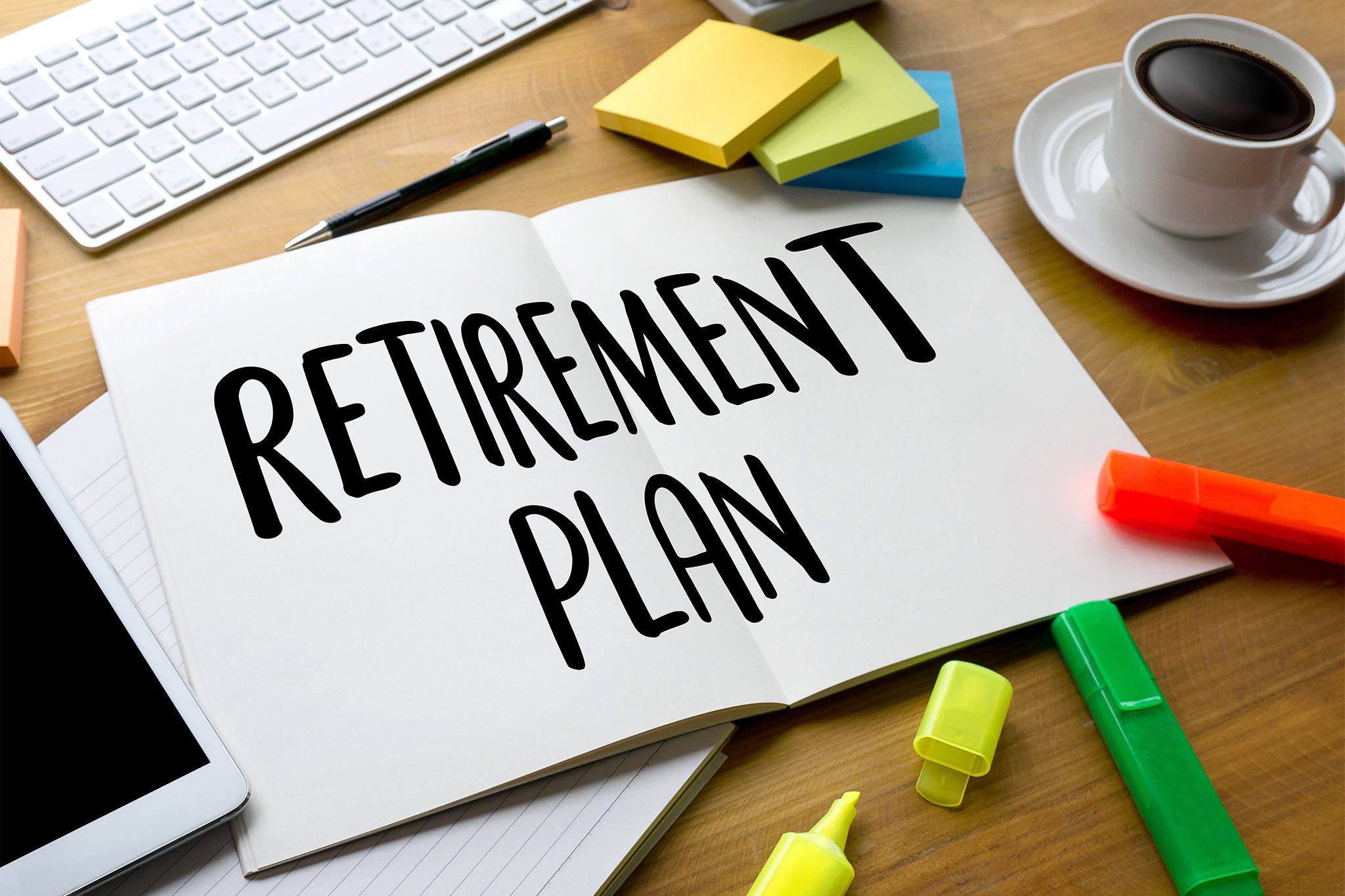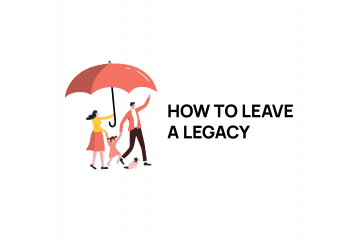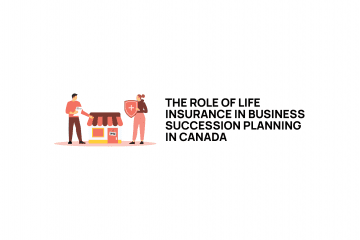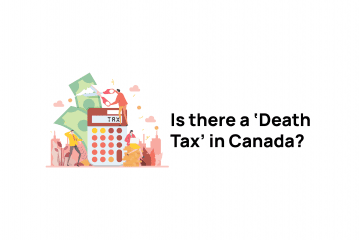How much money do you need to retire in Canada in 2022? The answer is – you must seek out a qualified financial advisor to answer this. The details for each individual are so complex that there’s no generalized answer that can be given.
The one potential deviation from there being no general answer is if you have a fully funded pension. Pensions often provide 2/3’s of your pre-retirement income and if this amount is sufficient for you to live on then much of the complexity is removed. Nevertheless you should still consult with a financial advisor even if you have a pension, as pension plans can and do go broke (Nortel being the most famous Canadian example).
Instead of a general answer, we’re going to look at just a few (but not all) of the factors you might consider.
The 4% Rule Of Retirement
A common rule of thumb is that you need enough retirement savings that 4% per year will provide sufficient income. This simplifies down to needing $1,000,000 in savings for every $40,000 of retirement income. If you need an income of $80,000/year, then you should have $2,000,000 of retirement savings.
This rule, like everything retirement, is an oversimplification, but it’s a starting point for conversation.

Running Out Of Money When You Are Retired
Living off of your retirement savings means that you run the risk of running out of money when you’re older. Either your investments fail to perform as expected, or you run into unplanned expenses.
There are two initial ways to reduce this risk. The first is a thorough analysis (again, and always, with a financial planner) of your asset allocation. Asset allocation is the method of determining what you’re invested in. Real estate? Stocks? GIC’s? You need to balance volatility (upswings and downswings in returns) with rates of returns. Generally the lower the risk, the lower the return. This is a very complex subject and one that can’t be properly treated in the context of a single article.
Secondly, and akin to asset allocation, is the purchase of an annuity. Annuities are purchased with a lump sum upfront (part of your retirement savings) and can be structured to provide a guaranteed income for life. Thus, some consideration can be given to placing a portion of your retirement savings into an annuity, with the resulting income stream being treated as your guaranteed minimum income. Any remaining retirement savings after the purchase of the annuity are then invested differently to provide a top up in your income.
Work on combining asset allocation and annuities to ensure that consumers don’t run out of money is a newer methodology that is still being studied by actuaries. The mathematics is still ongoing in this branch of life insurance.
Get a free quote
Government Benefits And Taxes For Retired People
In addition to your retirement savings, you will need to consider government benefits such as CPP, OAS, and GIS. Different structures of drawing down your retirement savings can impact these benefits. For example, some of the benefits are based on a test of your income. If you are able to access savings without it being treated as ‘income’, then you can possibly see increased benefits paid from the government. One such strategy is the Insured Retirement Plan. This strategy works well to reduce how much of your income is treated by the government as ‘income’ in it’s tests but the strategy is intended only for those with a large amount of savings.
Taxes can also play a role in the amount of your retirement income. Different strategies can result in different levels of taxation. If you are taxed at 30%, then it will take very roughly $130 of your savings to produce $100 for you to use in your retirement. If you are able to access your savings tax-free, then you only need $100 of savings to see the same result. Again, this is a complex subject intermingling government benefits, investments, and retirement savings so there’s no single answer for everyone.

Back To Back Annuity
One concept that can help increase your retirement income is known in the life insurance industry as back to back. The purpose is for those seeking an annuity that decreases upon the first spouse’s death, to increase the amount of money they receive.
The strategy works like this. We start with an annuity that pays an amount while the insured is alive with a guaranteed term, then pays a reduced amount to their spouse upon the insured’s death. Then we compare that to the following: An annuity with no guaranteed term and no reduced amount on death but with a permanent life insurance policy purchased by the insured.
It works as follows. Because the annuity has no guaranteed term or secondary benefits upon death, the initial payment (your income) is much higher. That increase in income can be enough to pay for the life insurance policy AND leave money left over. In short, you have more retirement income. Then, upon the insured’s death the life insurance payout is used by the surviving spouse to purchase their own annuity – this second annuity is now based on the spouse being older and generally is done without any other guarantees, so they may also see a higher income as a result.
Permanent life insurance premiums have increased over the last 10-15 years and annuities have fallen out of favour so this strategy may or may not work – it depends on the age and health of the annuitant and insured. If you’d like a quote to see if it works in your situation, please reach out to us here at Life Insurance Canada.com Inc.
So how much do you need to retire? Unfortunately there’s no direct answer that would generalize enough to rely on. Instead, you should have a customized plan done by a financial advisor so that they can both take into account your personal desires, as well as maximize things like government benefits while minimizing taxes.


















